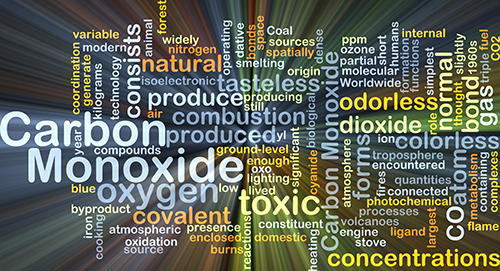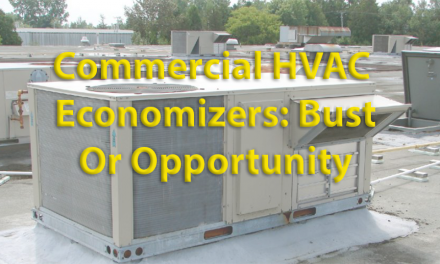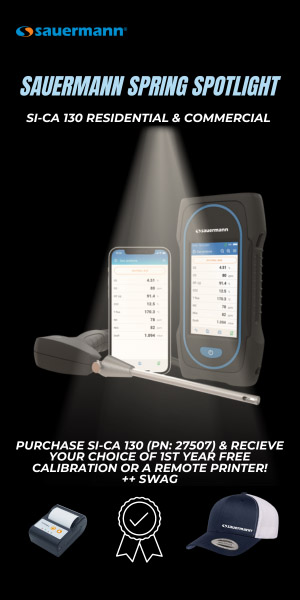
Jim Davis, Senior Instructor, National Comfort Institute
The subject of carbon monoxide (CO) Air Free and As Measured is not new, but still causes confusion due to many conflicting protocols. ANSI standard Z21 lists the maximum allowable CO equipment that can produce CO ‘Air Free.’
The levels according to ANSI Z21 are as follows:
- 200 PPM Air Free – Unvented appliances and conventional residential water heaters
- 400 PPM Air Free – Vented heating equipment
- 800 PPM Air Free – Unvented gas ovens.
So, what does this mean? You calculate the CO Air Free value using ‘As Measured? CO. A dilution factor is then assumed using O2 or CO2 measurements. The problem with this calculation is assuming 100% of the combustion process occurs directly in the flame and that excess air (O2) is only diluting the readings.
If this was true, we should be able to adjust O2 to 0% on every piece of equipment, making Air Free and As Measured CO the same. In the real world, excess O2 is completing the combustion process just outside the flame. Without this excess O2, CO readings would be extremely high.
Let’s look at the example of an 80% Induced draft furnace:
| Initial Readings: | O2 = 7% |
| CO = | 50 PPM |
| ‘Air Free? CO = | 75 PPM |
Now adjust O2 lower:
| New Readings: | O2 = 6% |
| CO = | 1200 PPM |
| ‘Air Free? CO = | 1680 PPM |
Was that extra 1% of oxygen diluting the CO reading, or was it necessary to support safe combustion? It is unfortunate there is such a misinterpretation of the combustion process. If you watch CO Air Free readings after the burner shuts off, you will see the Air Free readings climb radically even though ‘As Measured’ readings fall towards 0 PPM.
What causes this to occur? The O2 sensor responds much faster than the CO sensor. So, the O2 tends to rise back to 20.9% while the sensor responds at a slower rate. Many contractors call me asking why equipment makes thousands of ppm of CO when it shuts off and barely makes any while operating.
The next field problem is the allowable CO Air Free some jurisdictions allow. Some are as low as 25 or 50 PPM Air Free. This can lead technicians to radically under-fire equipment and lower efficiency. This can also lead to condensation problems in the flue or excess wear of the equipment.
What can you do if this is a utility or state program with this being the only way to get a rebate? Simple, adjust for the inspection and get approval, then correct it once approved.
NCI uses As Measured CO readings of 100 PPM for all vented equipment and 50 PPM for all unvented equipment. Assuming a worse-case scenario where O2 = 9%, CO = 100 PPM, the calculated Air Free CO would be 175 PPM. This is well below the allowable ANSI Z21 standard.
Important note: The biggest safety hazard is not just the level of CO being produced, but whether the level is stable and not rising.
NCI teaches HVAC contractors to use As Measured CO in an undiluted sample. People often mistakenly interchange them. ‘Undiluted’ means the sample is taken before any additional air is added to the flue gases outside the heat exchanger. These samples do have excess air (O2) in them, but only the amount introduced at the burner. Therefore, conduct all tests below draft hoods, barometrics, or before any other location where additional dilution air could enter.
Be aware that power-vented water heaters commonly draw in high amounts of dilution air to mix with exhausting flue gases. This enables them to vent into plastic flue pipe. Testing flue gases on the outlet side of the inducer would give false, diluted readings.
This is another reason that proper NCI testing protocols use ‘Undiluted’ and ‘As Measured.’













Recent Comments